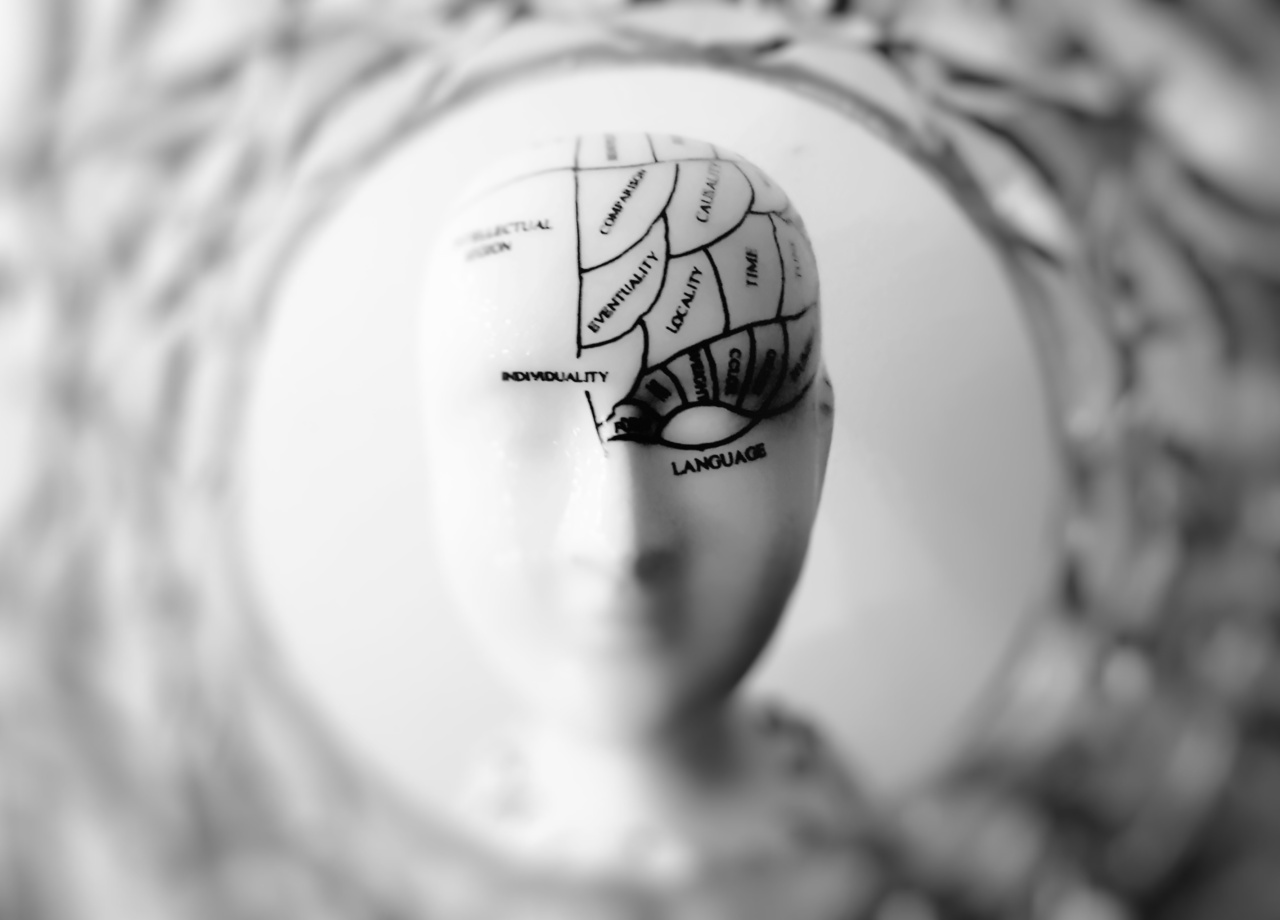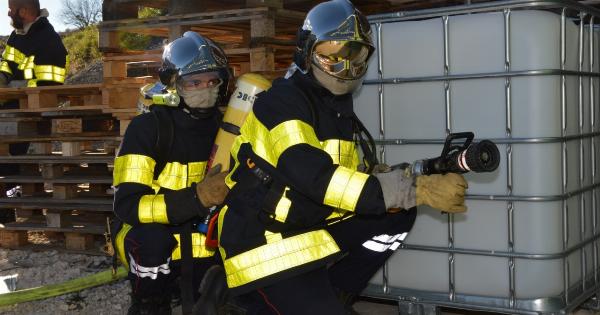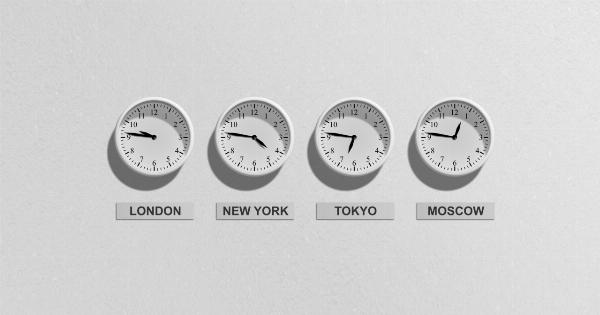If you or your loved one have experienced a sudden onset of symptoms such as blurry vision, difficulty speaking, loss of balance, numbness or weakness in face, arms or legs, confusion, or a severe headache, then it could be a sign of a brain attack.
A brain attack, commonly referred to as a stroke, is a serious medical condition that requires immediate attention and care to prevent long-term damage.
What is a Brain Attack?
A brain attack is a medical emergency that occurs when blood flow to the brain is interrupted or reduced, leading to the death of brain cells within minutes.
This interruption could be due to a blockage in the blood vessels that supply the brain with oxygen and nutrients or when the blood vessel bursts and leads to bleeding within the brain.
Types of Brain Attack
There are two main types of brain attack:.
Ischemic Stroke:
This type of stroke occurs when a blood clot blocks one of the arteries that supply the brain with oxygen and nutrients. Ischemic stroke is the most common type of stroke, accounting for about 85% of cases. It is further divided into two types:.
Thrombotic Stroke:
This type of stroke occurs when a blood clot forms within an artery that supplies blood to the brain.
Embolic Stroke:
This type of stroke occurs when a blood clot forms somewhere in the body and travels to the brain through the bloodstream, blocking a brain artery.
Hemorrhagic Stroke:
This type of stroke occurs when a blood vessel in the brain ruptures and leaks blood into the brain. Hemorrhagic stroke accounts for about 15% of all strokes.
Causes of Brain Attack
The following conditions increase the risk of a brain attack:.
- High blood pressure
- High cholesterol
- Diabetes
- Smoking
- Obesity
- A family history of stroke
- Age (The risk of stroke increases with age)
- Heart disease
What are the Symptoms of a Brain Attack?
The symptoms of a brain attack can be sudden and severe, and they vary depending on the type of stroke and which part of the brain is affected. Common symptoms include:.
- Numbness, weakness, or paralysis in the face, arm, or leg, usually on one side of the body.
- Slurred or garbled speech, difficulty in understanding and expressing speech.
- Difficulty in seeing in one or both eyes.
- A sudden, severe headache that is different from past headaches.
- Loss of balance or coordination.
- Mental confusion or difficulty in thinking, understanding, and reasoning.
How to Prevent Brain Attack?
Although some risk factors for stroke, such as age and family history, cannot be changed, there are several lifestyle changes that can significantly reduce the risk of having a brain attack:.
- Eat a healthy, balanced diet that is low in saturated and trans fats, cholesterol, and salt.
- Maintain a healthy weight by engaging in regular physical activity.
- Quit smoking or using tobacco products.
- Limit alcohol consumption.
- Control high blood pressure, cholesterol, and diabetes through medication and healthy lifestyle changes.
- Regularly monitor and manage heart conditions that increase stroke risk.
- Avoid the use of illegal drugs, such as cocaine and methamphetamines, which can increase the risk of stroke.
- Attend regular checkups with the doctor to detect and manage any underlying health conditions or risk factors for stroke.
What to Do If You Suspect A Brain Attack?
If you suspect that you or someone you know is having a brain attack, act FAST:.
Face Drooping:
Look for weakness or drooping on one side of the face. The person may not smile or their smile may droop.
Arm Weakness:
The person may experience weakness or numbness in one arm. Ask the person to raise both arms. Does one arm drift downward?.
Speech Difficulty:
Check if the person can speak or is having trouble with speech. They may have difficulty in forming words or pronouncing them properly.
Time to Call 911:
If any of these symptoms are present, it’s time to call 911 and seek emergency medical attention right away.
Time is of the essence when it comes to treating strokes, and prompt treatment can improve the chances of recovery and prevent long-term complications.
The Bottom Line
Brain attack or stroke is a life-threatening medical emergency that requires prompt attention and care.
Knowing the symptoms of a brain attack, taking measures to prevent it, and acting FAST when one occurs, can help save lives, reduce the risk of a severe disability, and improve the overall quality of life.































